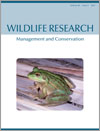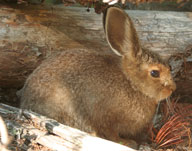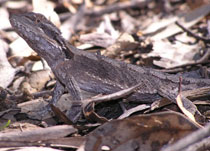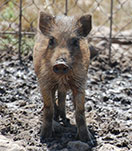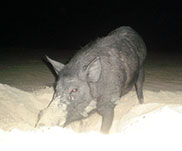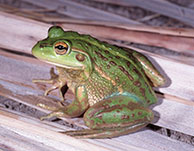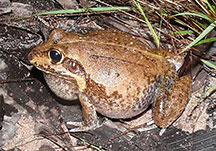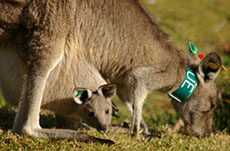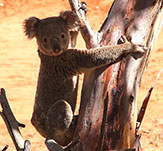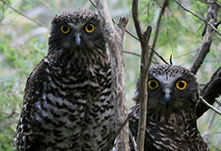WR13069A cost-effective and informative method of GPS tracking wildlife
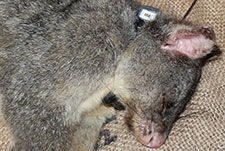
The financial cost of GPS tracking devices for wildlife research can be a limiting or prohibitive factor for many projects. We describe the modification and use of relatively new and inexpensive off-the-shelf GPS devices for tracking wildlife for as little as US$50. This method is inexpensive, accurate, re-useable and has enormous potential to contribute to wildlife research at a fraction of the cost of traditional GPS technology. Photograph by Blake Allan.


